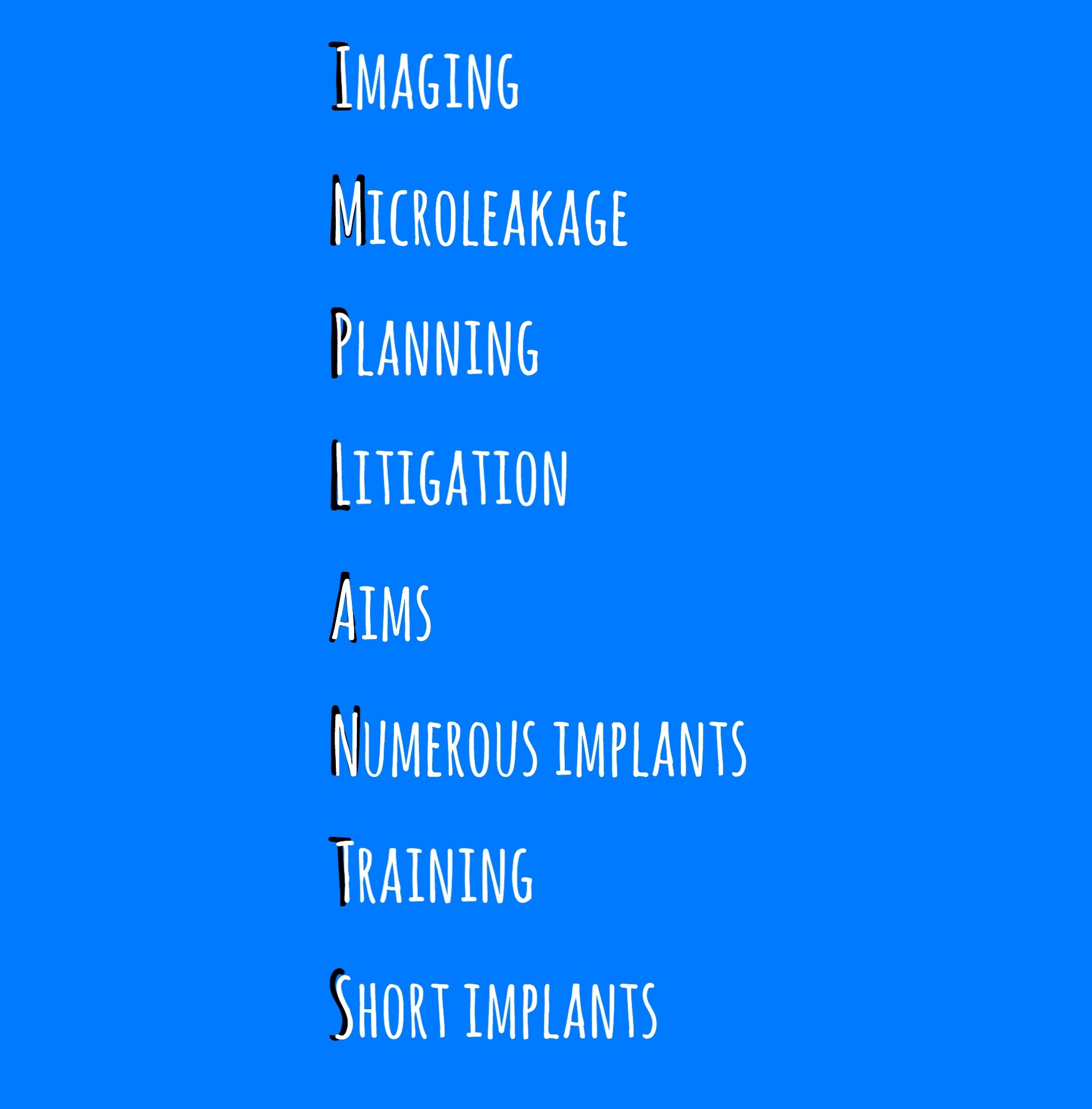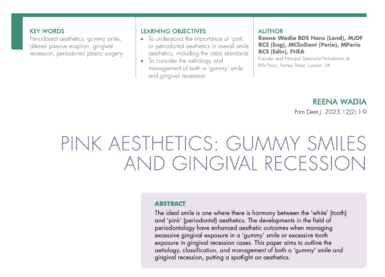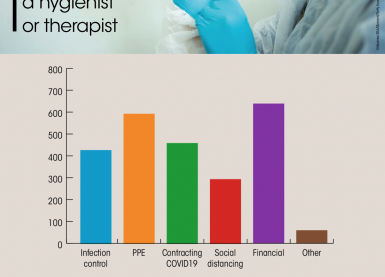Home/Articles
/ General Dental /
Reena’s Notes: IMPLANT dentistry in Primary Dental Care with Dr Ashok Sethi
April 15, 2016

- IMAGING – conventional radiography has a place in implant treatment planning often as preliminary investigations but the use of 3D imaging such as a CBCT provides more information and allows for the interactive planning of cases.
- MICROLEAKAGE – the impact of micro-leakage between abutment and implant can cause tissue compromise. Evidence from the literature: 30 mins after implant insertion the interiors are contaminated with bacteria (Furst 2007), bacterial contamination leads to a reservoir within the implant well (Proff 2006), bacteria may reinfect the peri-implant tissues (Birchmeier 2015). This can lead to compromised hard and soft tissues which can result in a less than ideal clinical outcome.
- PLANNING – the importance of detailed planning for implant cases should not be underestimated. We must consider the complexity of the case. Straightforward cases – no aesthetic risk, can visualise result, predicable, no augmentation necessary and no anatomical risks. Complex cases – aesthetic risk factors, thin biotype, complications likely, augmentation required, immediate placement and immediate loading. (FGDP/GDC Training Standards in Implant Dentistry).
- LITIGATION – Recent data from DPL shows implant treatment accounts for 28.8% of UK claims by value (second to perio).
- AIMS of implant treatment – to provide safe, efficient and predictable treatment of patients. Must consider both hard and soft tissue stability.
- NUMEROUS IMPLANTS – If you’re placing more than one implant in the same area, the positioning of teeth within the prosthetic envelope is essential.
- TRAINING is key – In the eyes of the law any qualified and registered dentist can provide dental implants but the GDC guidelines clearly states that postgraduate training is necessary. FGDP training standards in implant dentistry are useful to refer to as the GDC has adopted these for guidance. Education can be training via a structured course or mentoring (apprenticeship). Training required for both the surgical and restorative aspects of care.
- SHORT implants have come into fashion. They still require the same level of planning and care – in fact, some may argue shorter implants require a greater clinician skill.



